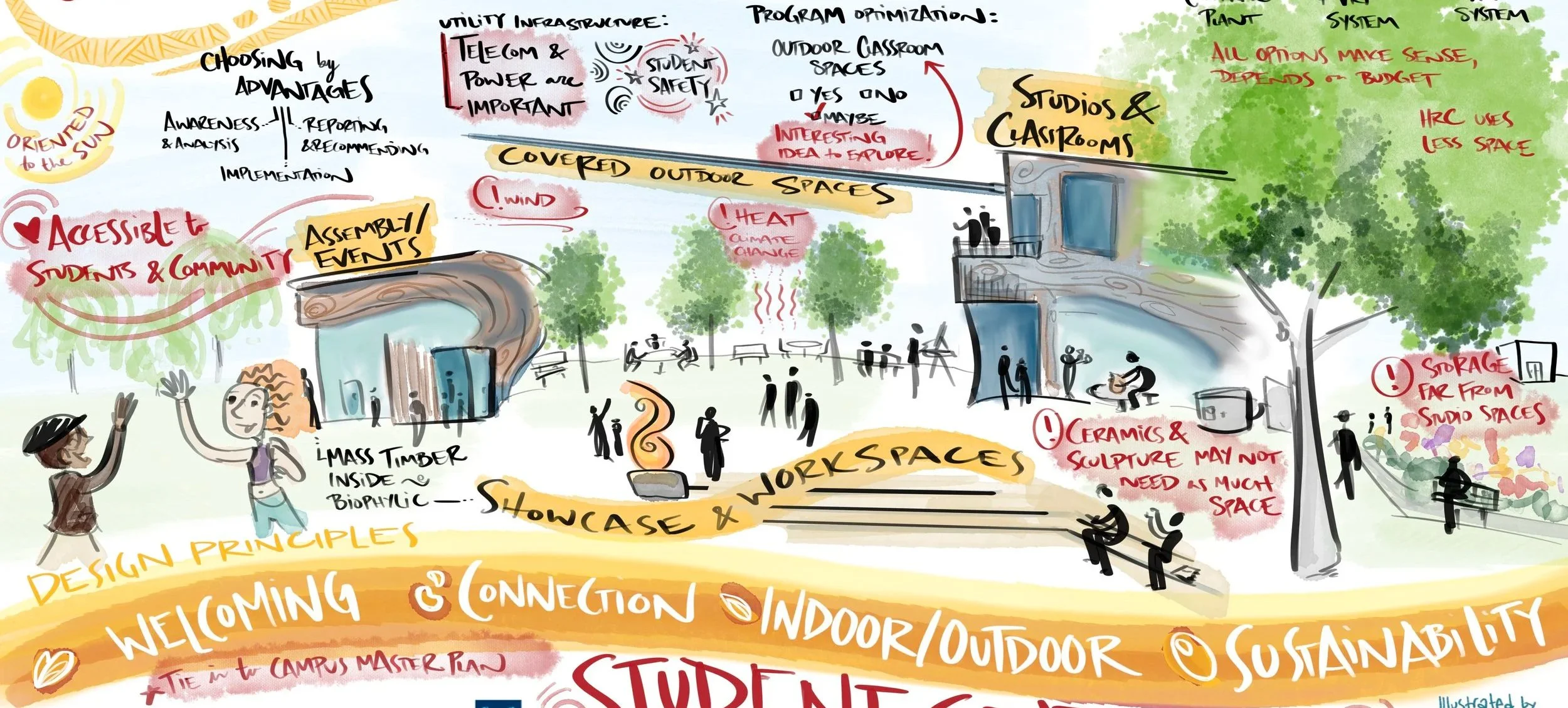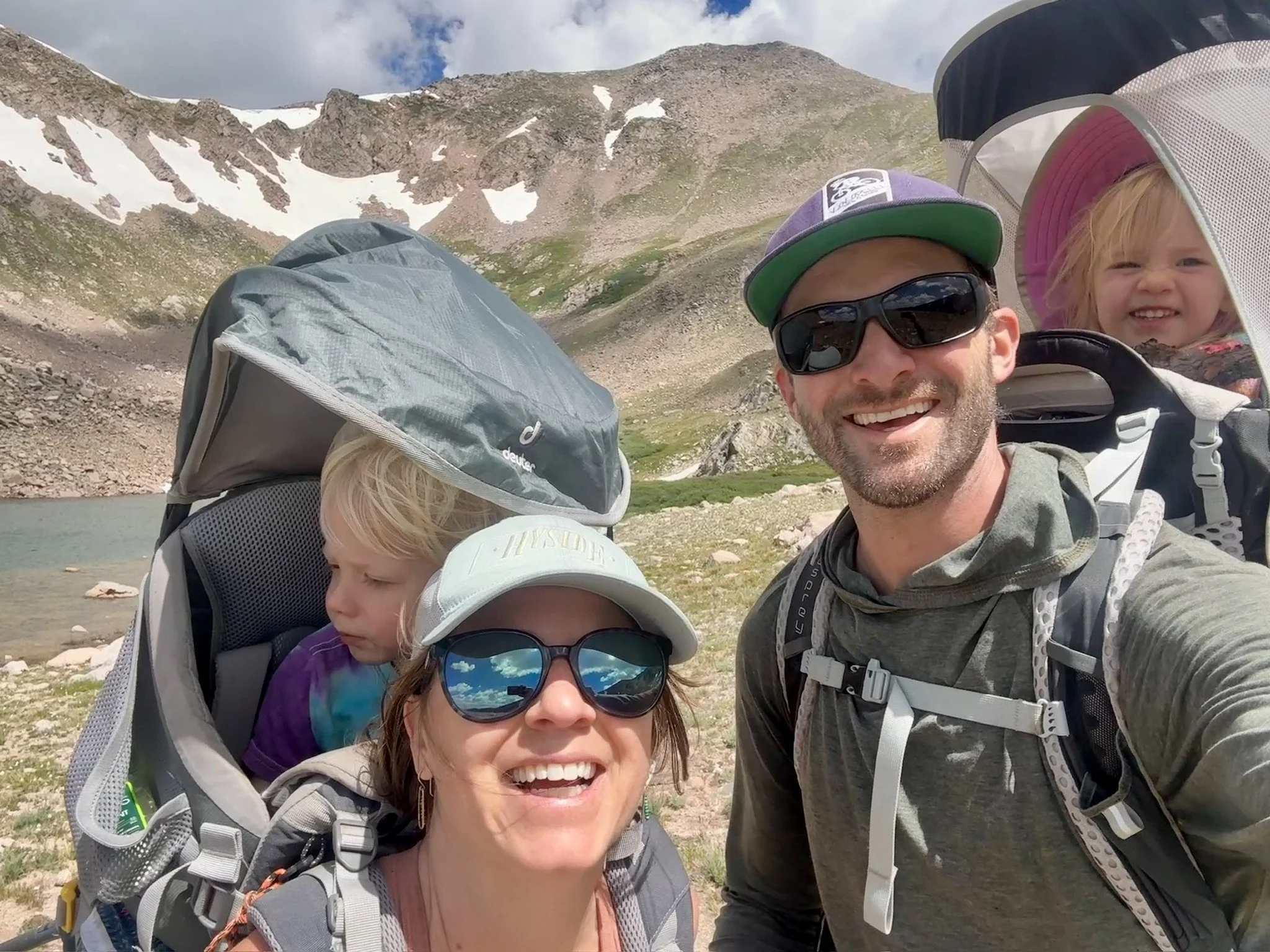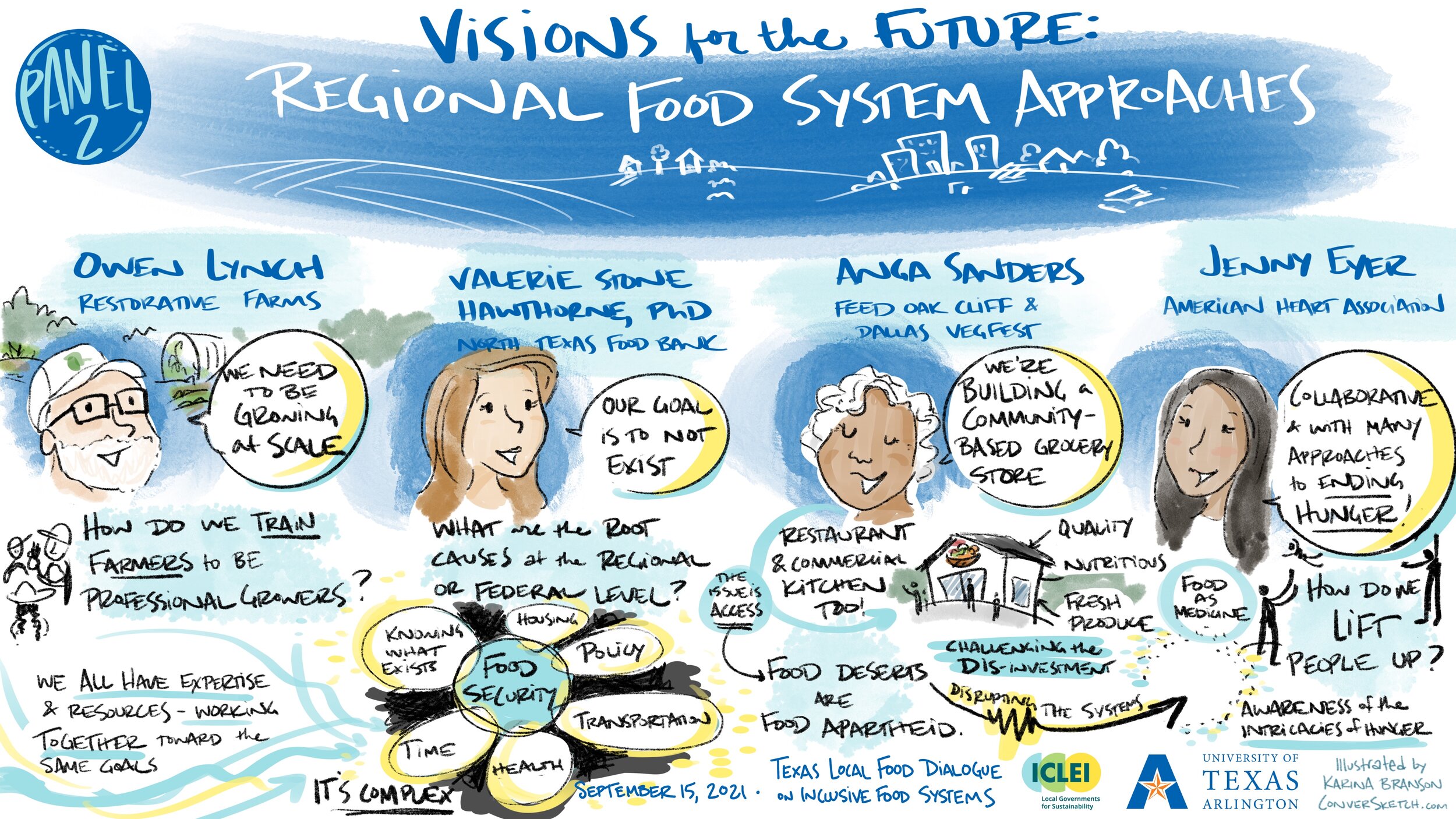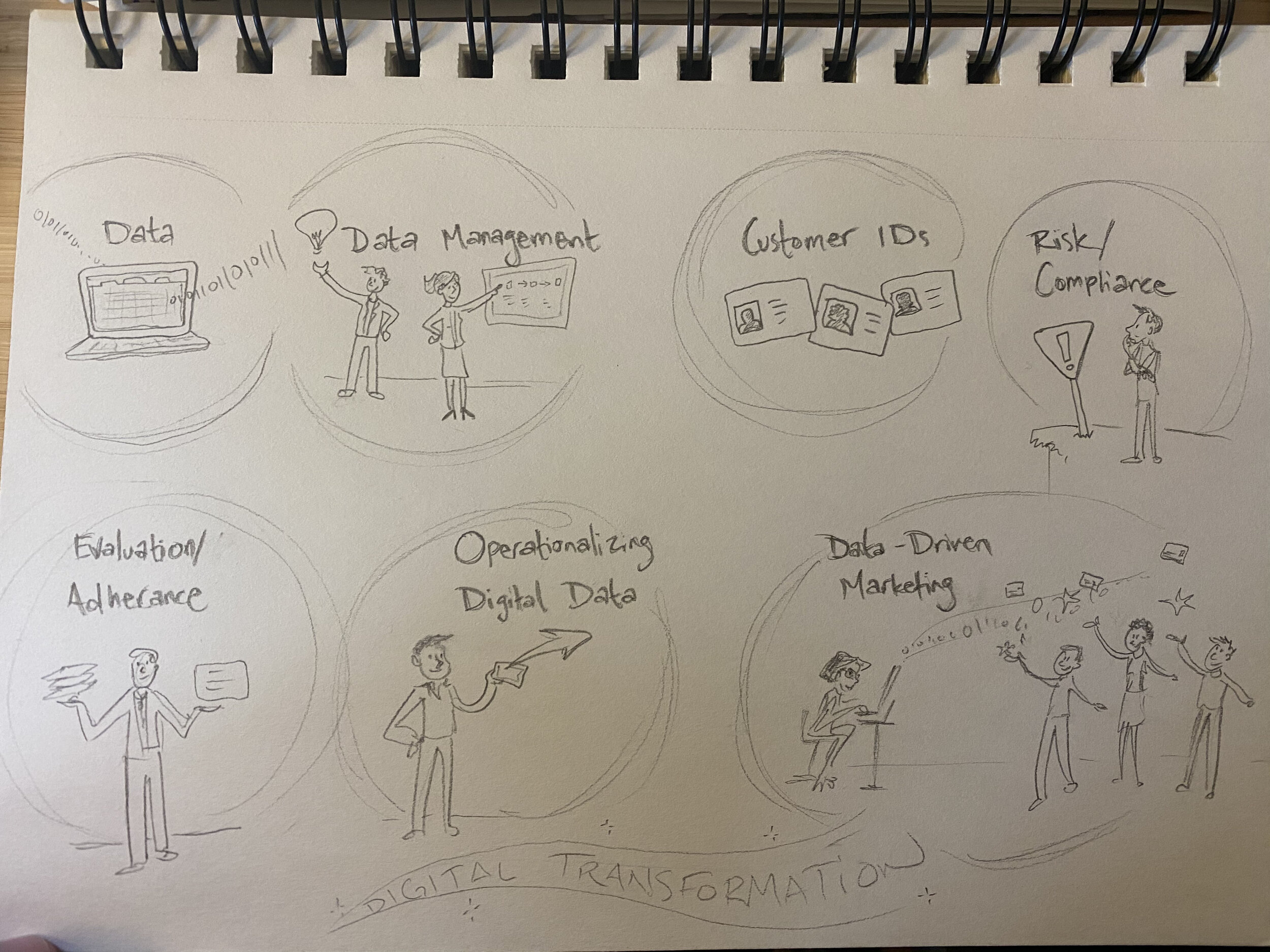No matter who you are, having a safe place to call home makes everything a little easier. Recovering from illness or addiction, finding a stable job, raising a family, taking time to process an emotional experience, or taking the first steps toward a healthier life by getting enough sleep or cooking a meal – each of these things is easier when you have a place to call home.
At the Ute Mountain Ute Tribe Housing Workshop convened by Santicola & Co., Tribal Leadership and partners shared resources, case studies, and funding mechanisms, then created a strategic roadmap toward more resilient and abundant housing on the reservation.
The Tribe used graphic recording to synthesize a day and a half of presentations, then selected priorities and began creating a strategic plan for the following months to achieve the goals. The visuals play a key role in the summary document from the Santicola grant-writing team and will help the Tribe share their vision with Council and Tribal Members to garner more support.
Thank you for your collaboration, humor, and what you do to make the world a better place.
Cheers,
Where in the World is ConverSketch?
Durango, Colorado: With the Ute Mountain Ute Tribe, who I’ve had the honor of working with for the past 10 years.
Denver x 3: Farm labor economics, aging and HIV, and student housing management brought me to the big city to create visual stories of science, lived experience, and best practices.
Remote: Supporting a team from construction and architecture firms during client listening sessions as they put together a bid for a creative arts building.
Camping in the high country: Getting ourselves and the kids out for a few nights under the stars and among the wildflowers! Nothing says Type 2 Fun like camping with two-year-olds…but the small wonders and smiles are worth it.






















































